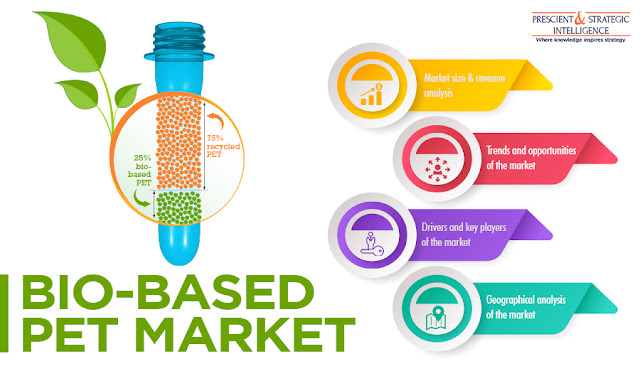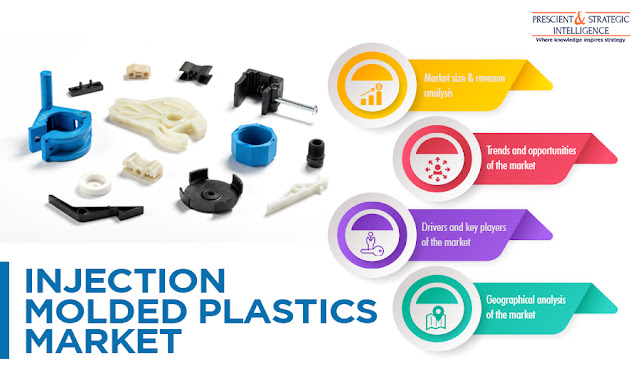Why Are Food and Beverage Companies Using Bio-Based PET?

“Around the world, one million plastic drinking bottles are purchased every minute.”, according to the United Nations Environment Programme (UNEP). Further, as per National Geographic society, in just 60 years, a massive 8.3 billion tonnes of plastic have been produced around the world, most of which has become trash. Additionally, plastic production will double by 2050 from the 448 million tonnes created in 2015. This is already leading to the really big issue of plastic pollution, which is spreading to waterbodies and the atmosphere as well, apart from land. As per P&S Intelligence, the global outcry over this issue will take the bio-based polyethylene terephthalate (PET) market size from $3,917.4 million in 2017 to $8,682.6 million by 2023 , at a 14.7% CAGR between 2018 and 2023. This will also be because of the high-volume consumption of PET, mostly in plastic bottles. Even though such bottles are intended to be for one-time use, they are made strong, which is why their plastic

